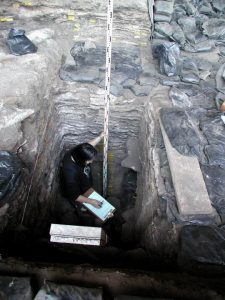Recent study of ancient DNA obtained from 2000-year-old remains of a boy from Ballito Bay in KwaZulu-Natal, East Republic of South Africa, indicates that the split between modern humans and earlier human groups occurred between 350000-260000 years ago – earlier than previously thought.

The researchers led by Marlize Lombard, University of Johannesburg, in collaboration with geneticists from Uppsala University in Sweden and the University of the Witwatersrand were able to reconstruct the full genome of the Ballito Bay child, together with the genomes of six other individuals from KwaZulu-Natal who lived between 2300-300 years ago. It turned out that three Stone Age individuals who lived between 2300-1800 years ago were genetically related to the descendants of modern Khoe-San groups living in Southern Africa. The remains of the other four individuals who lived between 500-300 years ago during the Iron Age, were genetically related to present-day South Africans of West African descent. As the Ballito Bay boy was a member of a hunter-gatherer community, his DNA was used to estimate the split between modern humans and earlier human groups. The established time-frame coincides with the Florisbad skull, who was a contemporary of the small-brained Homo naledi in South Africa, indicating that at least two or three Homo species occupied the southern African landscape simultaneously.
(after Lyn Wadley & EurekAlert!)